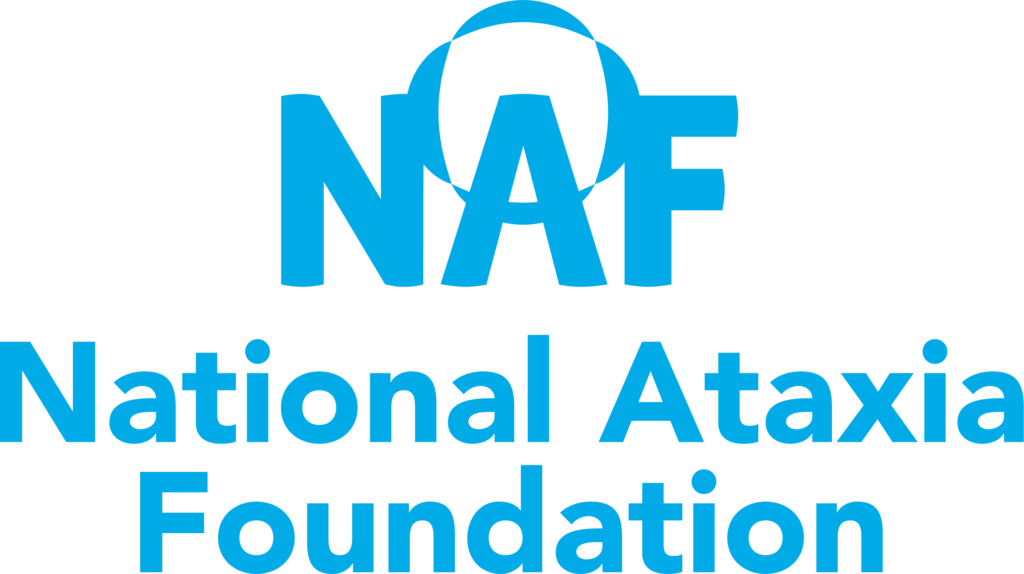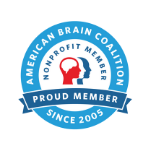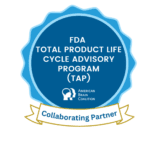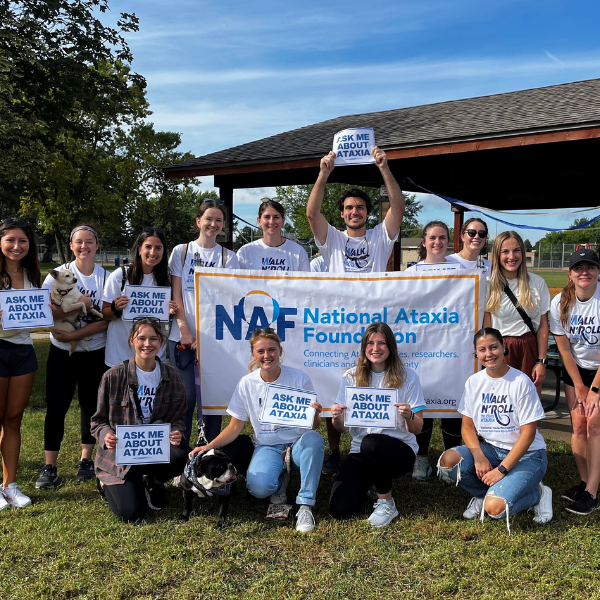
Aspiration refers to the entry of food, liquid, saliva, or other materials into the airway instead of the esophagus during swallowing. This can occur when the coordination of muscles involved in swallowing is disrupted. As a result, materials can “go down the wrong pipe,” potentially leading to choking or respiratory complications, such as aspiration pneumonia.
The term “aspiration” originates from the Latin word aspirare, meaning “to breathe upon” or “to inhale.” In the context of swallowing and speech, aspiration refers specifically to the unintended inhalation of substances into the airway. Proper swallowing requires precise coordination of multiple structures, including the tongue, pharynx, and larynx. It also involves the closure of the vocal folds to protect the airway.
In this article, we discuss how aspiration is affected by ataxia, which is a neurological condition affecting coordination and balance. We will also explore strategies to mitigate the risk of aspiration and improve swallowing safety.
How does ataxia affect aspiration?
Ataxia can interfere with the coordination of voluntary muscle movements. This includes movements involved in swallowing. Common causes of aspiration in individuals with ataxia include:
- Reduced swallowing precision: Ataxia can impair fine motor control of the tongue and other swallowing muscles. This may result in incomplete or uncoordinated movements, increasing the likelihood of materials entering the airway.
- Delayed swallowing reflex: The timing of the swallowing reflex may be delayed. This leaves the airway unprotected for longer periods and increasing the risk of aspiration.
- Weakness in airway protection mechanisms: The muscles responsible for closing the vocal folds and raising the larynx may not function effectively, reducing the body’s ability to prevent aspiration. The vocal folds are located in the larynx (voice box) and act as a barrier to prevent food or liquid from entering the airway, while the larynx itself helps protect the airway by moving upward and forward during swallowing.
- Fatigue-related swallowing changes: Individuals with ataxia may experience more frequent swallowing difficulties as they become fatigued. This further increases the risk of aspiration during meals.
How can we address aspiration in ataxia?
The primary recommendation for addressing aspiration risks is to work with a speech-language pathologist (SLP) who specializes in swallowing disorders. An SLP can perform a full evaluation of swallowing function and recommend tailored strategies for managing aspiration risks. Some strategies may include:
- Postural adjustments: Sitting upright during meals and maintaining good posture can help ensure proper alignment of the swallowing structures.
- Swallowing techniques: Techniques such as the “chin tuck” maneuver, where the chin is lowered during swallowing, can help reduce the risk of materials entering the airway.
- Dietary modifications: Adjusting the texture and consistency of food and liquids (e.g., thickened liquids or pureed foods) can make swallowing safer and more manageable.
- Pacing and portion control: Taking smaller bites or sips and pacing meals to allow for more deliberate swallowing can reduce the risk of aspiration.
- Strengthening exercises: SLP-guided exercises targeting the tongue, lips, and larynx can improve muscle strength and coordination. This can enhance airway protection during swallowing.
- Environmental modifications: Reducing distractions during meals can help individuals focus on safe swallowing techniques.
As with other aspects of managing ataxia, regular practice of the techniques and strategies learned with an SLP is crucial for improving swallowing safety. Incorporating these practices into daily routines and meal times can reinforce positive habits. This can reduce the risk of aspiration.
In conclusion, ataxia can disrupt the coordination needed for safe swallowing. This makes aspiration a significant concern for individuals with ataxia. With targeted interventions, such as speech therapy, dietary adjustments, and consistent practice, individuals can lessen the risks associated with aspiration. These interventions can also enhance their overall quality of life. Early identification and proactive management are key to maintaining both safety and comfort.
If you would like to learn more about aspiration, take a look at these resources by Boston Children’s Hospital and Cedars Sinai.
Snapshot Written by: Hannah Rowe, PhD, CCC-SLP
Edited by: Celeste Suart, PhD
Read Other SCAsource Snapshot Articles

Snapshot: What is Aspiration?
Aspiration refers to the entry of food, liquid, saliva, or other materials into the airway instead of the esophagus during swallowing. This can occur when the coordination of muscles involved Read More…

Snapshot: What is Alternative Splicing?
To function properly, our body depends on many essential processes that are moderated by molecules created within us. Creating these crucial molecules, also called proteins, involves multiple steps and precursor Read More…

Snapshot: What is Areflexia?
Areflexia, from the Greek word “a”, meaning absence, is a medical condition characterized by the absence or reduction of reflexes. Reflexes are involuntary response triggered by sensory stimuli that are Read More…










